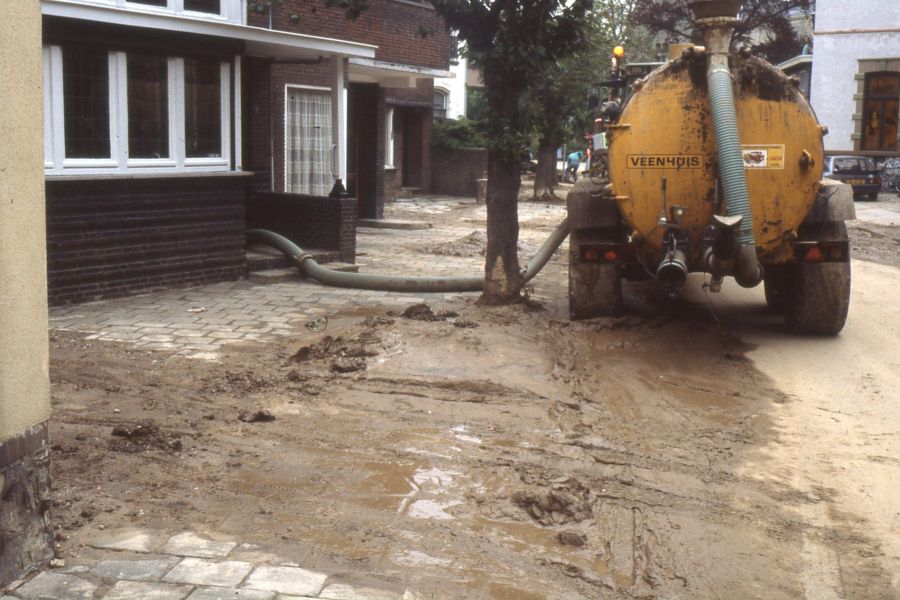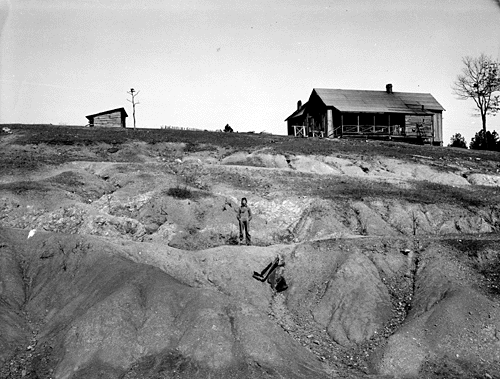Soil Erosion: Counting the Costs
In my previous post (Soil Erosion Rises Again!) I noted a recent spike in interest in erosion and soil conservation, following previous ones in the 1930s and 1980s. One manifestation is the work of Frans Kwaad, a Dutch physical geographer, who has reinvigorated discussion of the relative onsite and offsite costs of erosion.
Onsite (economic) costs are generally related to declines in crop or grazing productivity, or the loss or degradation of economically productive land. Offsite costs are associated with pollution and infrastructure damage associated with the deposition or delivery of eroded sediment, habitat damage or destruction, nuisance costs of removal of deposited sediment, etc. Kwaad’s work-in-progress synthesizes a number of studies and data sources, and on-balance indicates that off-site costs are greater.

Cleaning up eroded soil after a storm in the Netherlands (F. Kwaad photo).

